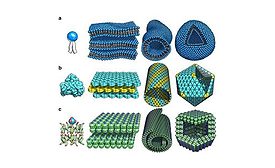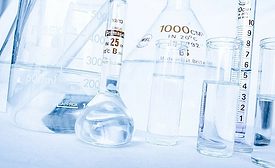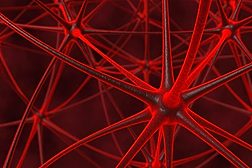Home » Keywords: » nanotechnology research
Items Tagged with 'nanotechnology research'
ARTICLES
New Research in Self-Assembling Nanomaterials
Mimicking how the biological world arranges itself could help advance the next generation of nanomaterials.
February 20, 2019
Keep the info flowing with our eNewsletters!
Get the latest industry updates tailored your way.
JOIN TODAY!Copyright ©2025. All Rights Reserved BNP Media.
Design, CMS, Hosting & Web Development :: ePublishing






